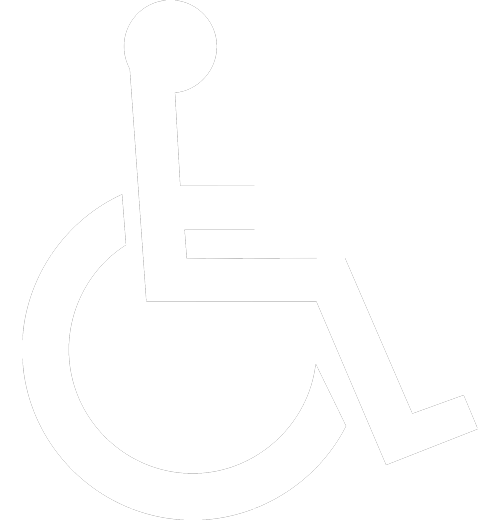Winter Driving Safety Tips
Winter is a beautiful season, but it can also be dangerous. Snow and ice can make driving a challenge – and, of course, you want to avoid an accident if at all possible. To prevent accidents and keep you and your car safe, a few winter driving safety tips can help. Before you head out this winter on icy or snow-covered roads, check out these important tips.
When driving during winter, it is essential to be aware of ice and snow on the roads. Even if there are no visible signs of ice or snow, you should always drive more cautiously as they can form invisibly under your tires. By slowing down and paying attention to weather conditions ahead, you will prevent accidents from happening before they even begin.
Another tip for driving safely in the winter involves using proper windshield wiper fluid that won’t freeze up when temperatures drop low enough (below -18 degrees Celsius). Head to your local big-box retailer or auto store and ask what windshield wiper fluid they recommend for cold temperatures. Additionally, allow your wipers to wipe away any moisture on your windows. This could save you a lot of trouble later on because having limited visibility while driving increases the risk of an accident occurring exponentially.

Make sure all windows are properly defrosted before getting behind the wheel for safety reasons. Factor in extra time in the morning so you can scrape down your windows with an ice scraper and allow your defroster to run for a few minutes. Driving with an obstructed view is never a good idea.
Consider having winter tires installed on your vehicle. This is especially important if there is a lot of snow and ice in the area where you live. Winter tires are specifically designed for icy conditions with treads that can bite into thick layers of snow or slush to provide better traction than traditional summer/all-season tires. Most winter tires also offer increased grip while braking, which helps prevent skidding compared to all-season tires.
It may seem like common sense advice, but make sure to keep your gas tank at least half full. During the winter, you don’t want to run out of gas in the middle of nowhere as it could be a potentially dangerous situation.
Keep headlights turned on even during daytime hours because snow reflecting back can make it much more difficult to see and be seen. You should also keep your lights clean (inside and out) because any snow/ice build-up inside or outside the headlight housing can impair visibility as well.
If it’s been a while since your car was serviced, it’s a good idea to have it checked over by a trusted mechanic before the weather turns cold. They can look for any issues and make recommendations for necessary repairs.
Make sure you are ready in the case of an emergency. It’s a good idea to have some emergency items in your car if you should get stuck somewhere. The Old Farmer’s Almanac has a great list to help you create an emergency kit.
Finally, always let someone know where you’re going and what time you intend to arrive. This is helpful should an emergency occur and in the case that you require assistance.
Winter driving doesn’t have to be scary if you’re prepared. By following these useful tips for driving safely in the winter, you’ll reduce your risk of having an accident and be a safer driver during less than ideal conditions.









